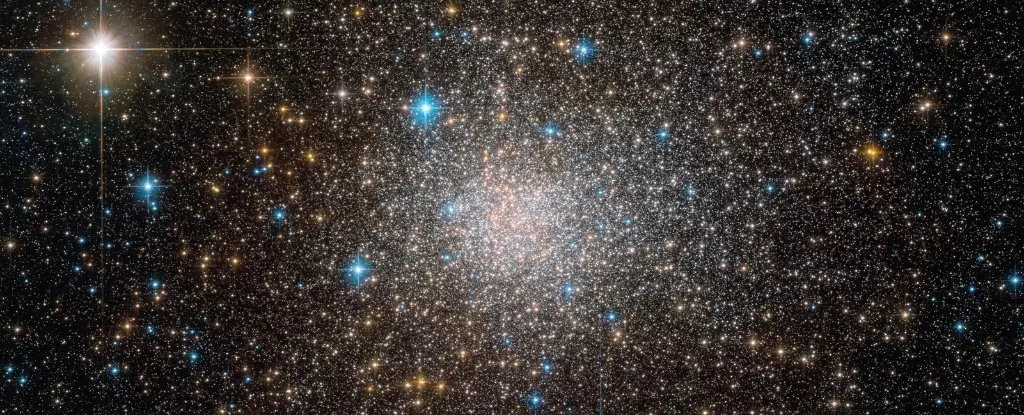The realm of cosmic rays has long been a puzzling mystery for scientists, dating back to their discovery in 1912 by Austrian-American physicist Victor Hess. The revelation that high-energy particles were bombarding Earth from space shattered previous assumptions about the origins of radiation. These cosmic rays, consisting of atomic nuclei and elementary particles accelerated to near-light speeds, traverse interstellar space and pose a unique challenge to astronomers due to their erratic behavior.
One of the key factors influencing the trajectory of cosmic rays is the presence of magnetic fields in interstellar space. Much like the deflection effect utilized in old cathode ray tube (CRT) monitors, these charged particles veer off course when encountering magnetic fluctuations. This phenomenon results in a scattering of cosmic rays across the galaxy, making it difficult to pinpoint their exact source. While the general picture of cosmic ray distribution is understood, many details remain elusive.
Enter Terzan 5, a dense star cluster hurtling through the galaxy at high velocity and serving as a haven for cosmic ray research. This cosmic laboratory, with its abundance of millisecond pulsars accelerating particles to extreme speeds, offers a unique opportunity to study cosmic ray behavior. The interaction of these high-energy particles with interstellar magnetic fields produces gamma rays detectable on Earth, providing insights into the complex dynamics at play.
Through meticulous observation and analysis, researchers have uncovered a fascinating sequence of events within Terzan 5. As the star cluster plows through the galaxy, it creates a magnetic cloak around itself, altering the trajectories of cosmic rays launched from within. These cosmic rays initially travel along the magnetic tail formed by the cluster’s motion, with their paths gradually shifting due to magnetic fluctuations. The resulting gamma rays, escaping the effects of magnetic deflection, reach Earth after approximately 30 years of travel.
The revelations stemming from Terzan 5’s cosmic ray phenomenon mark a significant advancement in our comprehension of space radiation. By measuring the duration it takes for magnetic fluctuations to influence cosmic ray directions, researchers gain valuable insights into the workings of interstellar magnetic fields. This newfound knowledge opens avenues for testing existing theories and refining our understanding of the cosmic radiation landscape initially unveiled by Victor Hess over a century ago.
The enigmatic journey of cosmic rays exemplifies the intricate interplay between high-energy particles, magnetic fields, and celestial bodies in the vast expanse of space. Through innovative research and breakthrough discoveries such as those observed in Terzan 5, we inch closer to unraveling the cosmic mysteries that have captivated scientists for generations.


Leave a Reply